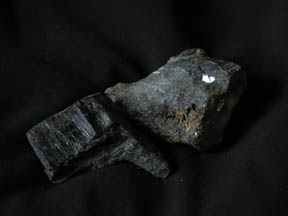Hornblende, a type of amphibole
Click on image for full size
Windows to the Universe
Related links:
Find out how to identify minerals (...and learn what shape, luster, color, streak, hardness, cleavage and fracture are all about!)
Meet some other silicate minerals!
Amphibole
There are several different minerals within the amphibole group, but the most common type is hornblende. You can find small crystals of hornblende in many types of igneous rocks. They often look like little dark specks. Use your hand lens or magnifying glass to see the crystal shapes.
Hornblende
- Shape: Monoclinic (crystals look like short, six-sided columns)
- Luster: Glassy or milky
- Color: Black or dark green, translucent to opaque
- Streak: Grey-green or grey-brown
- Hardness: 5-6 on Mohs Hardness Scale
- Cleavage: Two planes that meet at a 124-degree angle
- Fracture: Uneven brittle fracture
Last modified April 16, 2003 by Lisa Gardiner.
You might also be interested in:
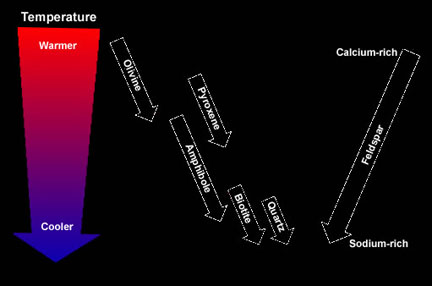
As magma cools, elements within it bond together to form crystals of minerals. However, not all minerals can form at the same time during cooling. Some minerals grow when magma is still pretty hot, while
...more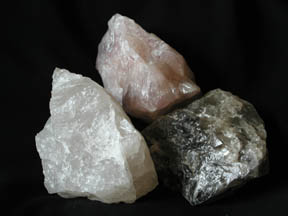
Spotting minerals is fun! There are many different types of minerals, each with a different name and a special set of characteristics. So, if you find a mineral that you do not recognize, you can use
...more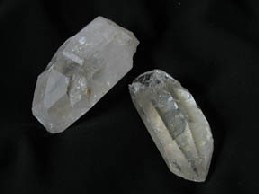
Quartz is one of the most common mineral in Earth’s crust! Silica (Si) and Oxygen (O) are the only elements within pure quartz. If a cooling magma has silica leftover after feldspars form, quartz is likely
...more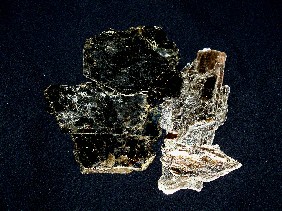
Mica minerals make some rocks sparkle! They are often found in igneous rocks such as granite and metamorphic rocks such as schist. They sparkle because light is reflected on their flat surfaces, which
...more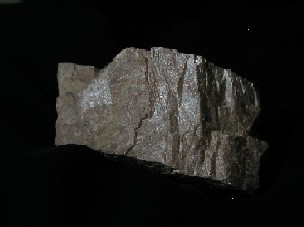
Feldspar is the most common mineral in the Earth’s crust, so you are very likely to find it in the rocks you collect! It is found it all of the three rock types, but is most common in intrusive igneous
...more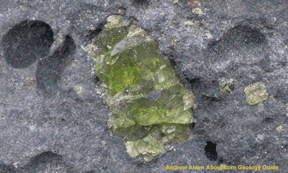
Olivine looks like little green crystals. It is typically found in some igneous and metamorphic rocks. Often the crystals are so small that you need to use your hand lens or magnifying glass to see them
...more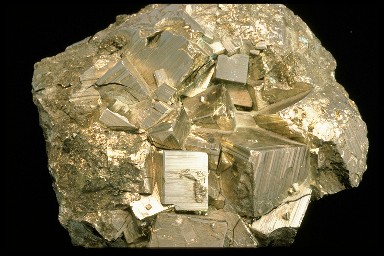
So far, over 2000 minerals have been found, and every year new ones are discovered. That's a lot of minerals! Don't worry! You don't need to know them all to be a rock hound. In fact, only a few dozen
...more


